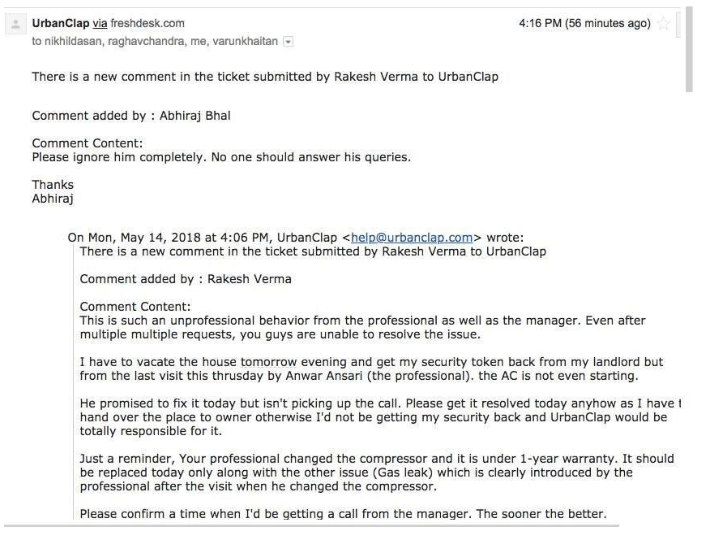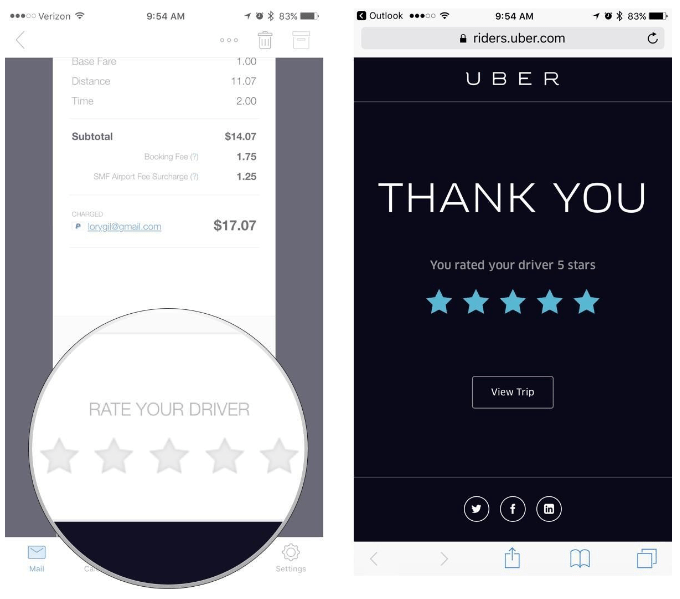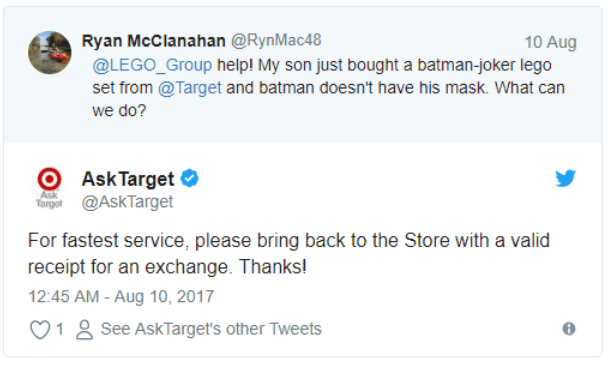5 Rocking Customer Service Tips to Turn Customers into Star Fans

Apple’s customers wait in lines to buy new products even before the stores open. Starbucks customers carry around the amazing brand cups everywhere. Harley Davidson customers are users for life because their very identity as bikers is defined by the brand.
No kidding, these consumers are “star fans”.
The purpose of any business is to create customers. A happy customer is a result of great product and greater after-sale services.
For centuries, word of mouth has been the most effective marketing channel. A Bright Local survey found that approximately 84% of consumers say that they either trust the recommendations online or words of their family, friends, and colleagues.
However, the odds are against the business. One negative word from a good consumer can turn the table around: It takes multiple good experiences for a business to suppress one bad incident.
Word of mouth can only be achieved by building customer loyalty. Loyal fans will talk about your product without you having to egg them on. Loyal customers are 17x as likely to refer others, 11x as likely to buy more, 6x as likely to forgive, and 9x as likely to try a new offering from your company, as per research by Temkin Group. It follows that retaining customers and earning their loyalty is more important than finding new customers.
But now the question is, how does a brand achieve this undying loyalty and create “star fans?”
Serve your customers right
Customer service, nowadays, is becoming a differentiator of your business. 73% of companies with great customer experience show a better financial performance compared to others. Further, revenue increases are directly proportional to good customer experience, as a Forester report proved.
This means that, as a business, your representatives need to engage customers, interact with them at every opportunity, be polite, and respond to queries positively. No matter how the customer reacts, or how many times they ask the same question, you need to be patient and understanding. Calm response always leads to a positive solution, even when the customer is angry.
On the other hand, failing to respond or belittling the customer can turn into a disaster for the company.
Consider the case of Urban Clap, when CEO Abhiraj Bhal asked his team to ignore a customer, and by mistake clicked “reply all” to the email, which included the customer himself. This went viral on social media, and has led to a major social crisis for them.

People started taking this comment personally and the result is a sorry CEO and outraged consumers.
Air Asia has excelled in making their customers happy by giving them quick, honest and humble replies, leading to an outstanding social presence.
Jeff Bezos’ words ring true here.
“If you make customers unhappy in the physical world, they might each tell 6 friends. If you make customers unhappy on the Internet, they can each tell 6,000 friends.”
No wonder Amazon strives to keep its consumers happy with customer-centric policies and proactive communication.
Listen to your customers
Nobody likes a one-way dialogue. That’s why it’s called a “lecture.” Humans expect to be heard. Listen to customers’ queries and try and make improvements accordingly. When customers have a problem, they don’t want excuses from your brand; if you’ve made a mistake, listen and correct.
Uber does this just the right way. Apart from promptly responding to customer queries, after every trip, Uber asks its consumers for feedback on the car and driver, assuring them that their opinion matters.

Again, customers can respond in a second with a simple star rating. Since they don’t have to put in any effort, almost every customer leaves feedback.
Take an action for every reaction
An appropriate and timely response to every customer query or interaction is critical, regardless of whether it is positive or negative. Customers who’ve had a good experience with regard to delivery and problem solving are 3.5x more likely to make additional purchases compared to those who haven’t.
Moreover, customers switch loyalty very quickly when they’re not supported in ways they expect or approve of. Dissatisfaction is seen as the major factor of brand attrition.
Be ready to offer discounts, exchange goods, or give refunds if a customer is dissatisfied. This may lead to a temporary monetary loss, but will retain the loyalty of customer for a longer time. Here’s a nice example from Target:

With a quick response they reassure the customer. A “batman mask” is a small thing for Target, but for a little boy, it means everything. They surely earned a happy customer this time!
Gratitude is the key
Most brands are conscious of customer reactions and apologize when they screw up. However, you should also not hesitate to thank customers when they speak something good about you. Showing gratitude for their custom is something that is fundamental to building a great brand personality.
REI, LL Bean, Denny’s, Jet Blue, Barkbox, and many other companies have cemented their relationships with customers in both the physical and virtual space with a friendly and approachable attitude. The openness with which they respond leaves customers feeling positively happy.
Zappos has been treating shoe enthusiasts to a traveling road show across the USA. They do a multi-city pop-up shopping and entertainment tour called Friends With Benefits. The activities in this event are curated to suit each host city’s unique culture – bringing together locally relevant merchandise and styles, live performances by local artists, and free food and drinks from the area’s favorite food trucks. Here’s how it went in Austin, TX last year:
Keep putting your customers first
Making a customer is easy, making a valuable customer is tricky!
In an article on Forbes, Jose Gomes argues that putting the customer first is good for business, with clear measurement approaches using P&L and margin metrics. In general, customers who are satisfied with a company believe it’s because the brand puts their needs ahead of its own business goals.
This holds a clear lesson: Prioritize your customers’ needs. When you put time and effort into creating star fans, sales will follow automatically. Take customers’ feedback – and act upon it. This will not only make your customers feel important, but also help you improve constantly with more feedback from them.
It goes without saying that trust is a very difficult thing to build, and once destroyed, it takes forever to rebuild. This is why building and maintaining a stellar online reputation is so important. Make sure your digital presence remains spotless with proactive audience engagement and community building efforts. Make it a point to keep your customers aware about changes in your policies, processes, and company direction at all times. When you invest in your customers and work your goals around them, you’re sure to succeed in business. Good luck!
